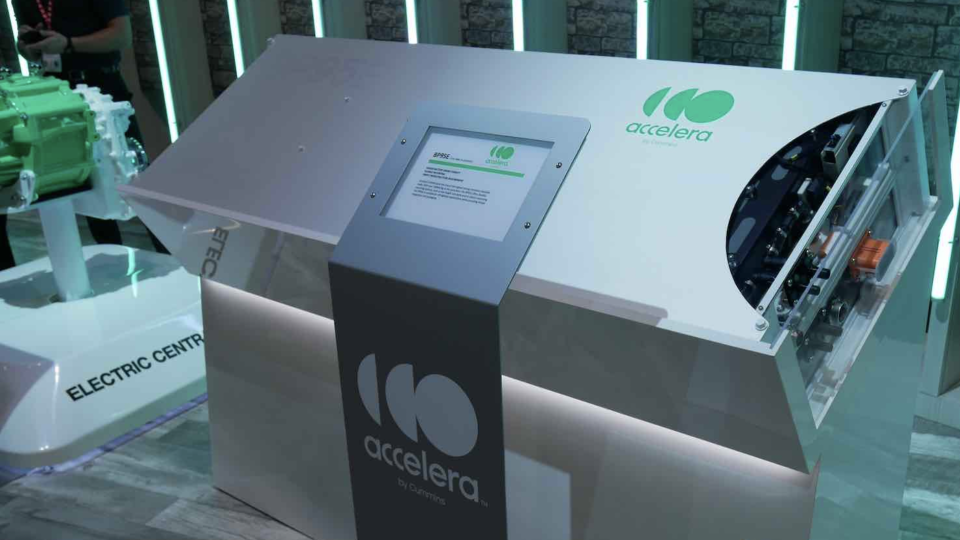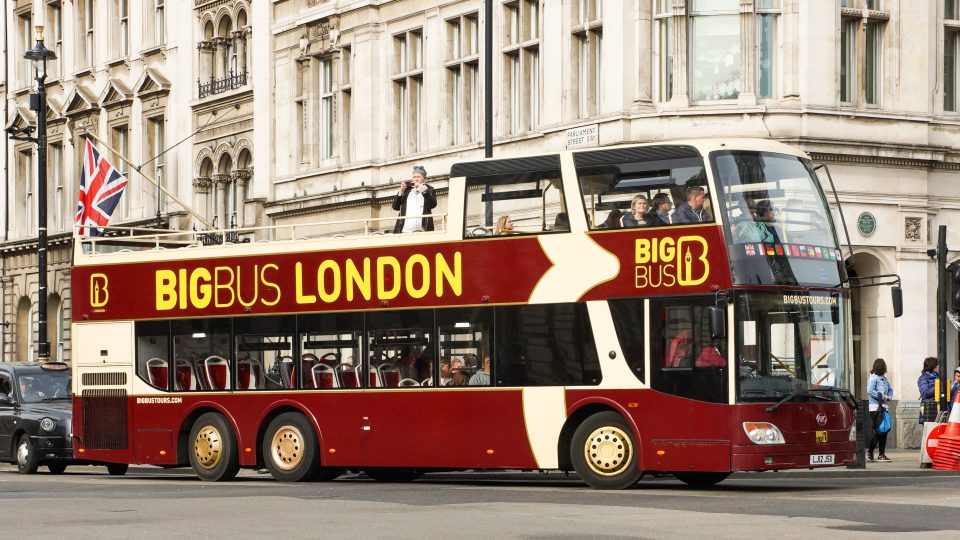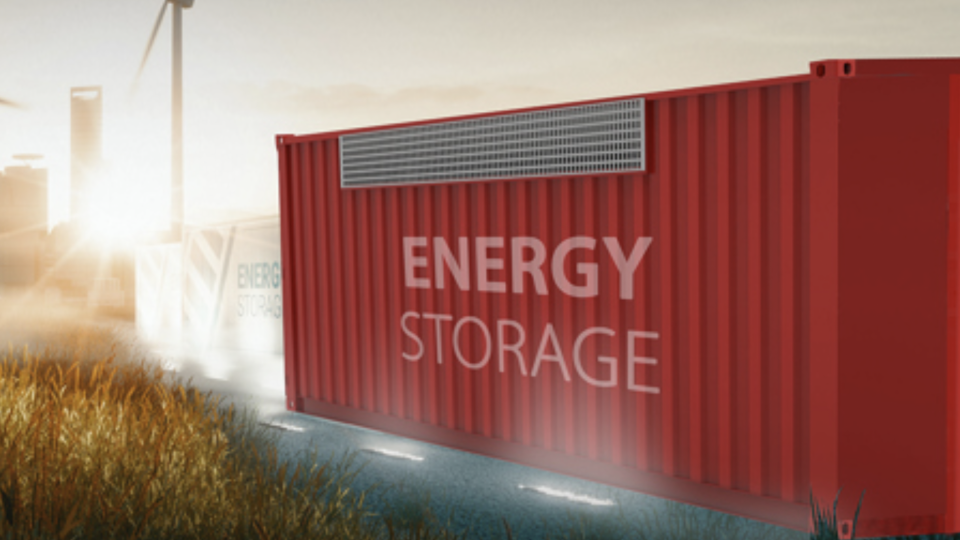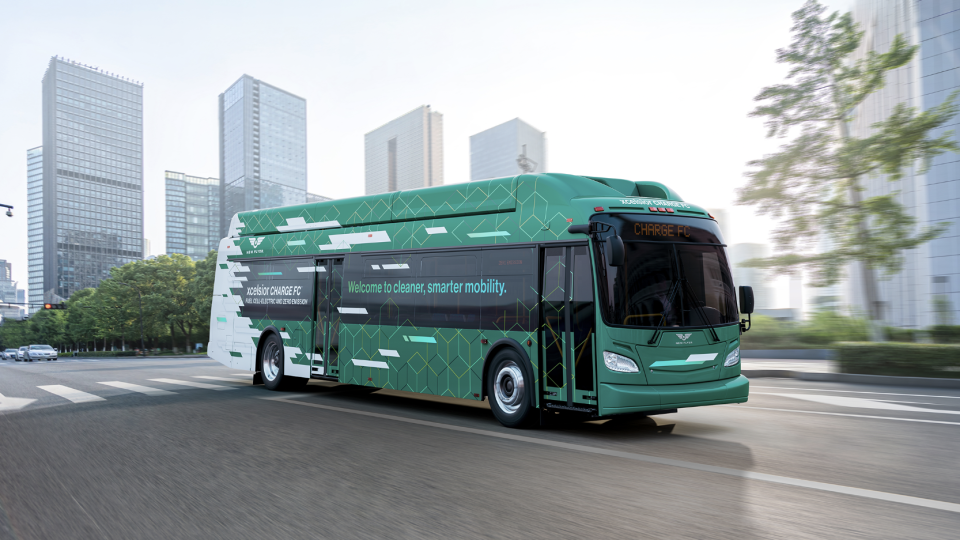Fleet charging according to a giant like ABB E-mobility. The interview
Among the key players at the UITP Summit in Barcelona, in the galaxy of “components” that is the vital counterpart of the vehicle manufacturer industry, ABB stands out. And specifically the ABB E-mobility division, which chose the stage in Catalonia to unveil its new power system for mixed fleets to the industry. Services, products, news, […]

Among the key players at the UITP Summit in Barcelona, in the galaxy of “components” that is the vital counterpart of the vehicle manufacturer industry, ABB stands out. And specifically the ABB E-mobility division, which chose the stage in Catalonia to unveil its new power system for mixed fleets to the industry. Services, products, news, current and future projects: speaks Mathijs Vaessen, Global Product Manager – Fast charging solutions for heavy commercial vehicles at ABB.
How is ABB E-mobility organized in terms of its public transport business and about the electric bus segment after the spin-off of the Hitachi Energy brand?
Let’s take a step back. At the end of 2018, ABB sold 80 percent of its Power Grid division to Hitachi, which specializes in power and automation service products and systems-essentially the power grid division. On the ABB E-mobility side, Hitachi has always been a separate part of the organization, now 80% owned by ABB and 20% by outside investors. Essentially, therefore, very little changes. From now on, we want to be more flexible, with the ability to move faster in the market, thanks to an expanded scope of maneuver and the ability to focus more on customer needs
What is the ABB E-Mobility solution portfolio for the electric bus sector?
We really have a lot of arrows in our bow! Starting with Terra DC Wallbox, a compactly designed, very small and cnnesso system that offers fast charging in a really compact footprint, which is also great for bus depots. So depot charging systems and connectors for electric buses and trucks, which can be roof-mounted as (HVC control unit) vilupplied specifically for elevated constructions such as roofs, canopies or lattice structures; or HVC depot charging boxes, which can be wall-mounted or pedestal-mounted and are specially designed to charge large fleets of electric vehicles in the best way, with the smallest possible footprint. Single CCS depot boxes provide charging power of 100 kW to 150 kW, with up to 3 charging columns for sequential charging, while sequential charging with up to 4 outlets (2 columns), in the dual outlet CCS version provides charging power from 107 kW to 160 kW, again for sequential charging.

Coming to the pantographs?
We obviously offer a roof-mounted pantograph solution to charge large fleets of electric buses overnight in a range of 50-150 kW per vehicle and during the day with 150 kW up to 600 kW for opportunity charging. In addition, the pantograph to charge fully automated electric buses according to the OppCharge protocol. With typical charging times of 3 to 6 minutes, the system a can be easily integrated into existing operations, providing service during the day without impacting normal route operation.
And we come to the novelty launched at UITP…
Yep, HVC360: this is fleet solution, which will be available in EC and North American markets at the end of September 2023. Each HVC360 power system allows up to four charging stations to be connected at a distance of 100 meters, while its compact and proven design allows installation back-to-back, side-to-side, or along a wall. Dynamic charging functionality allows the HVC360 to assign different power levels to each charging station, depending on the number of connected vehicles or their charging requirements, while the unit simultaneously supports all charging interfaces, from CCS to pantograph.
What trends do you see in the demand for charging solutions, in Europe and other regions of the world? Can you identify any specific trends in these markets? What developments do you foresee in the coming years?
Well, we can say that we notice a trend of standardization in technology, which is a good thing. But a standardization that has to adapt to the specific policies of the various markets and customer needs.

In 2022 ABB participated in the launch of the Brebemi Arena of the Future project in Italy, a circuit of about 1 km where electric vehicles can recharge their batteries while on the move, thanks to a wireless dynamic induction charging system integrated into the road. Iveco Bus was among the partners. How does wireless charging fit into ABB’s strategies for electric mobility in commercial vehicles? What market do you expect for this technology?
The point is basically one, simple but not trivial: electrification has arrived, but it will not be a fad: it has arrived to stay. Despite the long tail of other resources such as gas, other fuels, and hydrogen, electric is emerging-and we saw it strongly at the trade show in Barcelona-as the queen technology. And we, from the very beginning, have fearlessly embraced this challenge: in our DNA is precisely the tendency to look with particular enthusiasm at the latest technologies. And electric is particularly appealing. So we work in concert with all our divisions to bring the most functional solutions and products possible to the market.
What are the main projects ABB has done so far in the electric bus sector in Europe? Are there any case studies you would like to mention?
Definitely the case histories in Northern Europe, in Scandinavia to be exact, in Sweden – together with Scania, however truck side – and in Norway, in Bodo, with Volvo. There, 31 e-buses have been running since summer 2031 in the Arctic city of Bodo, precisely, powered by ABB charging solutions. These are the electric buses in service at the world’s northernmost latitude. Moving slightly south, in the Netherlands, we have supplied over 100 high-power chargers the Qbuzz fleet (controlled by Busitalia, ed.) for 99 buses. In Germany, on the other hand, we highlight the project in Hamburg, where the local public transport company Hochbahn is gradually electrifying its fleet: we supplied it with 44 high-power 150 kW chargers, useful for simultaneously recharging 44 buses in the fleet at the central depot, each with a range of up to 150 km under normal conditions.
Delivery vans and public transport buses. Do you see possible future opportunities for the integration of charging networks? And, in general, what integrations should we expect between the charging infrastructure of different types of vehicles?
This is a complex discussion because, yes, certainly the transportation of the future also goes through the integration between the worlds of freight and people transport, in this respect, but there is a “but.” For example, in the United States it is really (too) expensive to provide charging stations in multiple locations. Surely, however, it is this possible integration (even of CCS + pantograph) represents an important business opportunity.
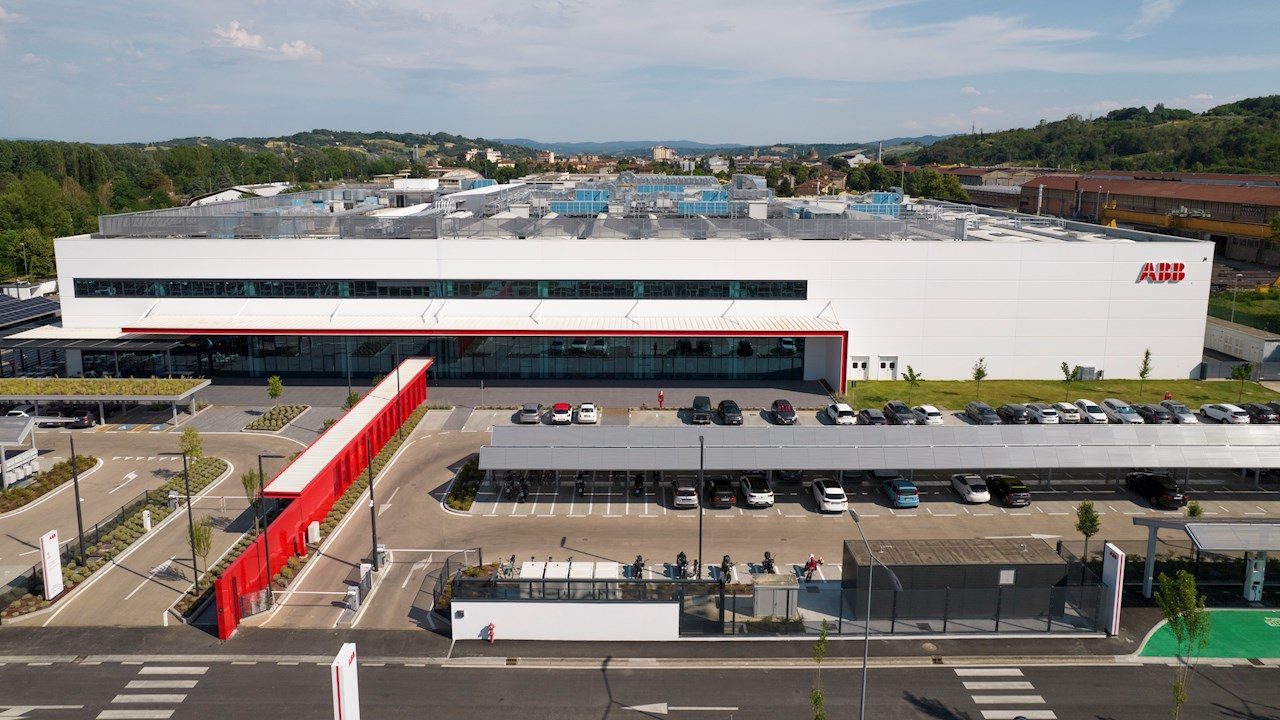
What financing mechanisms do you think can effectively contribute to making the energy transition economically viable? Although project financing and public-private partnerships (PPPs) have been discussed, they have not yet been fully integrated into the regulatory framework of most public transportation systems…
On our side, as far as public-private partnerships are concerned, we are doing a lot of “shared” projects in the States-I would say we have reached an important critical mass. The same is slowly happening in Europe as well.
Today, electric mobility, especially when it comes to heavy vehicle fleets, is an urban mobility issue. Technology can enable the use of battery electric coaches over short to medium distances, but the infrastructure is lacking, resulting in a sort of “chicken and egg” situation. Do you have any plans related to the electrification of coach operations over long distances?
Something simmering in the pot is there, but at an embryonic level, to be honest, because the manufacturer industry, only in recent times has begun to work in depth on the possibility of bringing electric and/or fuel cell coaches to life. We expect that this technology can conquer the tourist industry as well. And we, rest assured, will be ready!


